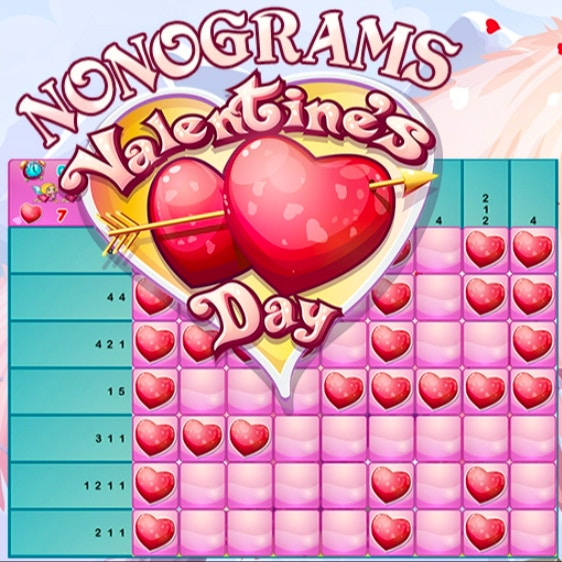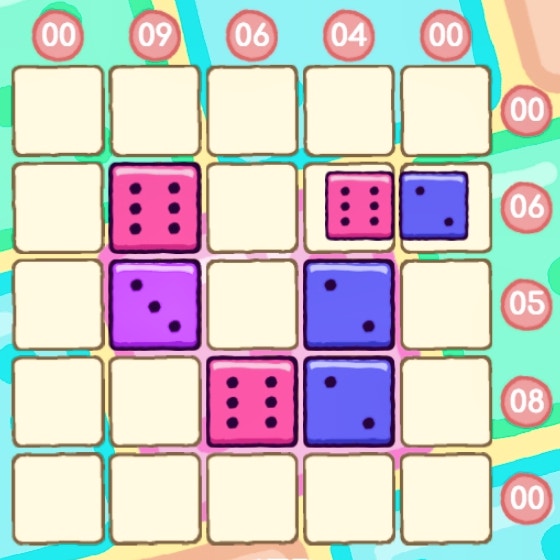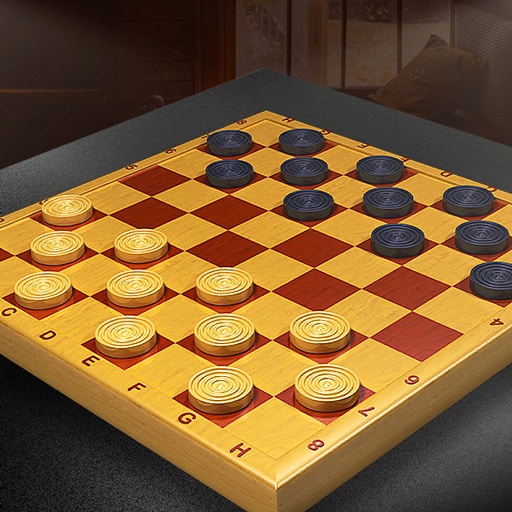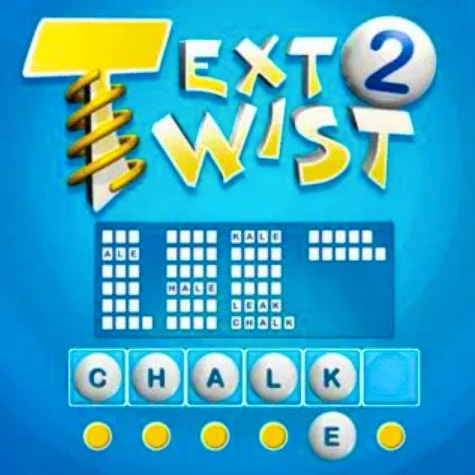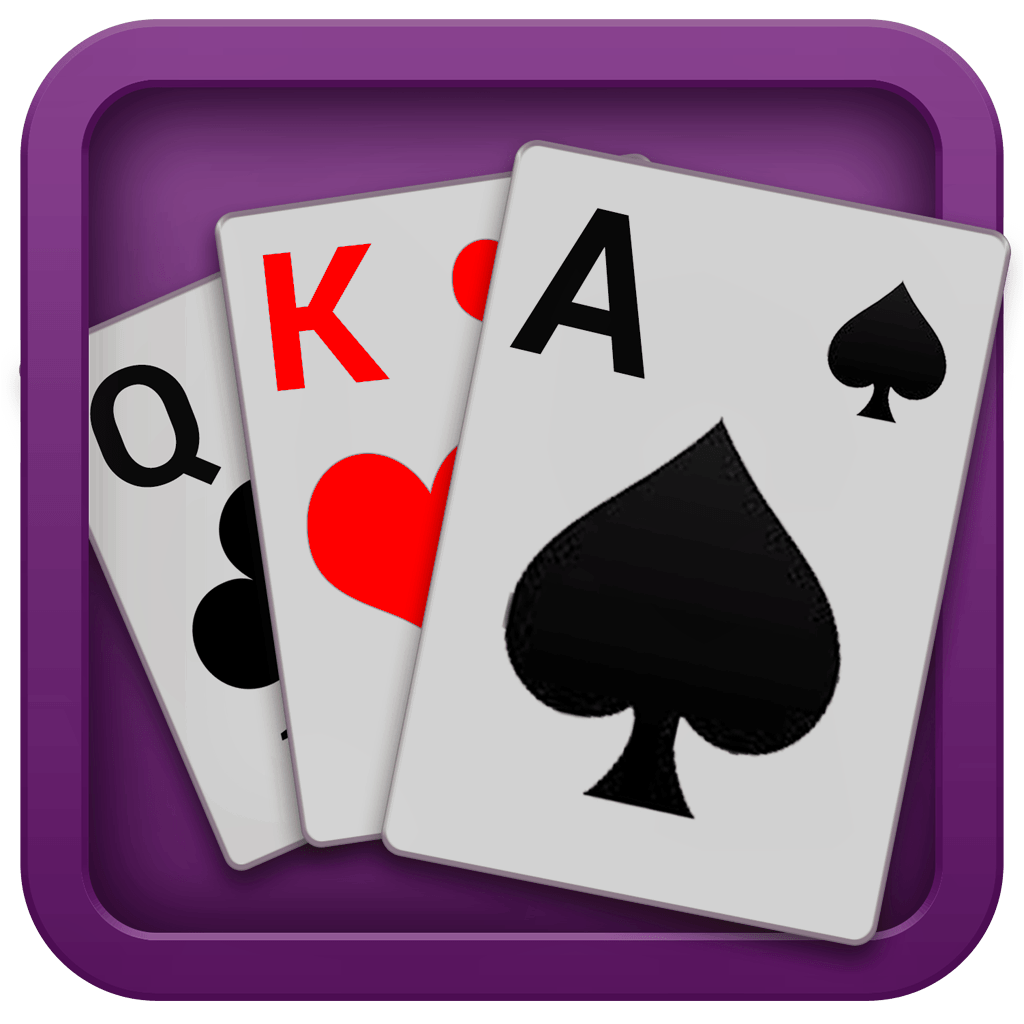
Classic NonoGram
Classic NonoGram

Game Introduction
Classic NonoGram is a captivating logic puzzle game that combines math and strategy. Players must fill in cells based on row and column clues, challenging their minds with 12 difficulty levels and 24 unique puzzles per level. Ideal for Sudoku lovers and anyone seeking a brain-teasing experience.
Unique features include limited lives, adding tension to each move, and user-friendly controls for seamless gameplay. Classic NonoGram offers a rewarding experience through its precise blend of challenge and entertainment, making it stand out among puzzle games.
How to Play
- Choose a difficulty and start a puzzle.
- Use row and column numbers as hints.
- Fill cells based on consecutive counts.
- Leave cells empty between groups.
- Order matters; follow sequences correctly.
- Use mouse/touchpad to mark cells.
- Correctly complete rows and columns.
- Avoid mistakes to keep lives.
Game Objectives
The primary goal is to solve each Nonogram puzzle correctly by filling in the grid based on the provided row and column numbers.
- Progress through 12 difficulty levels, each with 24 unique puzzles.
- Achieve perfect solutions within the given three lives.
- Unlock new levels by successfully completing previous ones.
Game Controls
- Left Click / Tap: Fill cell
- Right Click / Tap & Hold: Mark cell as empty
Key Features
- Mind-bending puzzles for brain enthusiasts
- 144 unique levels across 12 difficulties
- Strategic lives system enhances challenge
- User-friendly interface for seamless play
- Available on phones and tablets
Game Details
Overall Difficulty Rating
- Varies from Easy to Expert, depending on the selected difficulty level.
Learning Curve Estimate
- Beginners may require up to 1-2 hours to grasp basic strategies.
- Advanced players can pick up the game mechanics within minutes.
Average Completion Time
- Easy Levels: 5-10 minutes per puzzle.
- Moderate Levels: 10-20 minutes per puzzle.
- Expert Levels: 20-40 minutes per puzzle.
Replay Value Notes
- High replay value due to multiple difficulty levels and unique puzzles.
- Encourages repeated playthroughs to improve speed and accuracy.
Tips and Tricks
- Analyze edge cases first; they often reveal patterns.
- Mark potential cells with dots for tracking possibilities.
- Work backwards from solved sections to narrow options.
- Use logical deduction to eliminate impossible combinations.
- Keep a mental tally of remaining spaces per row/column.
Frequently Asked Questions
What is the objective of Classic NonoGram?
Your goal is to fill the grid correctly using the numbers on the rows and columns as clues. These numbers indicate how many consecutive filled cells there are in each row or column.
How do I lose lives in the game?
You lose a life for each incorrect guess. If you lose all three lives, you must restart the puzzle from the beginning.
Are there any special features in Classic NonoGram?
The game offers multiple difficulties with 24 levels each. There are no special features beyond the basic gameplay, but strategic planning and patience are key to success.
Can I save my progress in Classic NonoGram?
Yes, the game automatically saves your progress. Simply close and reopen the app to resume where you left off.
Is there a multiplayer mode in Classic NonoGram?
No, Classic NonoGram is a single-player game. However, you can share your achievements on social media platforms if the option is available.
What are some tips for solving puzzles?
Start with rows or columns that have high numbers or zeros, as these are often easier to solve. Take your time analyzing each possibility before making a move to avoid losing lives.
How many levels are there in the game?
There are 12 different difficulties, each containing 24 levels, providing a total of 288 unique puzzles.
Are there any speedrun tips?
To improve your speed, focus on recognizing patterns quickly and avoid unnecessary moves. Practice regularly to enhance your solving skills and reduce mistakes.
 Arcade Games
Arcade Games Classic Games
Classic Games Skill Games
Skill Games Action Games
Action Games Adventure Games
Adventure Games Girls Games
Girls Games Driving Games
Driving Games Shooting Games
Shooting Games Thinking Games
Thinking Games







